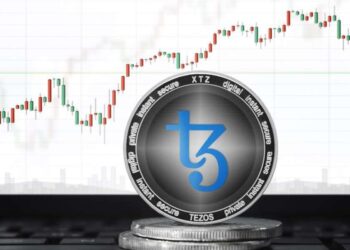On Sunday Twitter was forced to remove a derogatory post by the Bharatiya Janata Party’s Gujarat Unit. The post was a cartoon and came out after the court verdict in the 2008 Ahemdabad blasts case.
In an atrocious attempt to target the Muslim community, the cartoon had a group of bearded men visibly Muslims by making them wear white kurta-pajama and skull caps hanging by a noose. The background of the cartoon has tricolor and the scene of the blasts. The tweet which has been taken out after outrage from various prominent journalists and activists has been taken down for violating the platform rules.
The caption of the cartoon was, “Satyamev Jayate,” the caption to the post read. “No mercy to the perpetrators of terror.”
Acknowledging the tweet, Yagnesh Dave, Gujarat BJP spokesperson said that the post was merely a response to the court’s judgment. In a PTI report, he said, “The post on the 2008 serial blasts verdict has been removed by Twitter after someone reported against it.”
Dave further added, “The caricature was made based on the reports on newspapers and news channels and there is no intention of targeting any community,”
The court’s judgment
In what is considered a historic judgment, on February 19, 38 out 49 convicts in the 2008 Ahemadabad serial blasts were handed the death sentence. A special court was designated for a speedy trial of the accused in the serial blasts that killed 56 people and injured over 200. The remaining 11 have been awarded life terms in jail.
The Defence lawyers claimed that the death penalty for 38 convicts is the highest in a single case in the country. Last, the country witnessed this was in 1998, a TADA court had handed the death sentence to 26 accused in the assassination of former Prime Minister Rajiv Gandhi.

While the order is yet to be out in the public domain, the arguments from the prosecution included that the accused planned the serial blasts as “revenge” for the 2002 post-Godhra riots in Gujarat and to overthrow a democratically-elected government.
Though Twitter took down the post first, the post was still available on Facebook and Instagram and was getting shared. Now, the post has been taken down from all the handles.
Social Media as a tool to spread hate in India
An article from the Washington Post dissected the inability of platforms like Facebook to stop hate in India. In fact, it is becoming a tool that gives space to hate-filled, community-targeting messages to spread like a wildfire.
Washington Posts’article comes after the observations of the 2019 election campaign which witnessed a surge in communal topics and violence-inducing rhetoric.
“In India, where the Hindu-nationalist Bharatiya Janata Party — part of the coalition behind Modi’s political rise — deploys inflammatory rhetoric against the country’s Muslim minority, misinformation and hate speech can translate into real-life violence, making the stakes of these limited safety protocols particularly high. Researchers have documented the BJP using social media, including Facebook and WhatsApp, to run complex propaganda campaigns that scholars say play to existing social tensions against Muslims,” the article said.
In 2021, France Haugen, an American data engineer, scientist and whistleblower who leaked thousands of papers of internal documents of Facebook to the Securities and Exchange and Commission snd The Wall Street Journal had some shocking details regarding Facebook’s role in spreading hate in India.
A report in Slate explains, “Reports of social media-fueled horrors within India—attacks on Muslims, lower-caste peoples, women, the poor, and refugees—have been troublingly commonplace for a half-decade now. Yet what the Facebook Papers confirm is not just that the network failed to curb Hindu nationalist hate speech and inadequately directed resources to monitor a nation with 340 million users; it also actively granted impunity to the worst offenders. And according to Haugen, this was one of her foremost concerns when she began to reach out to reporters with the internal information she held.”
Also Checkout: Explaining BJP government’s New Media Accreditation law and how does it curb journalistic rights?













